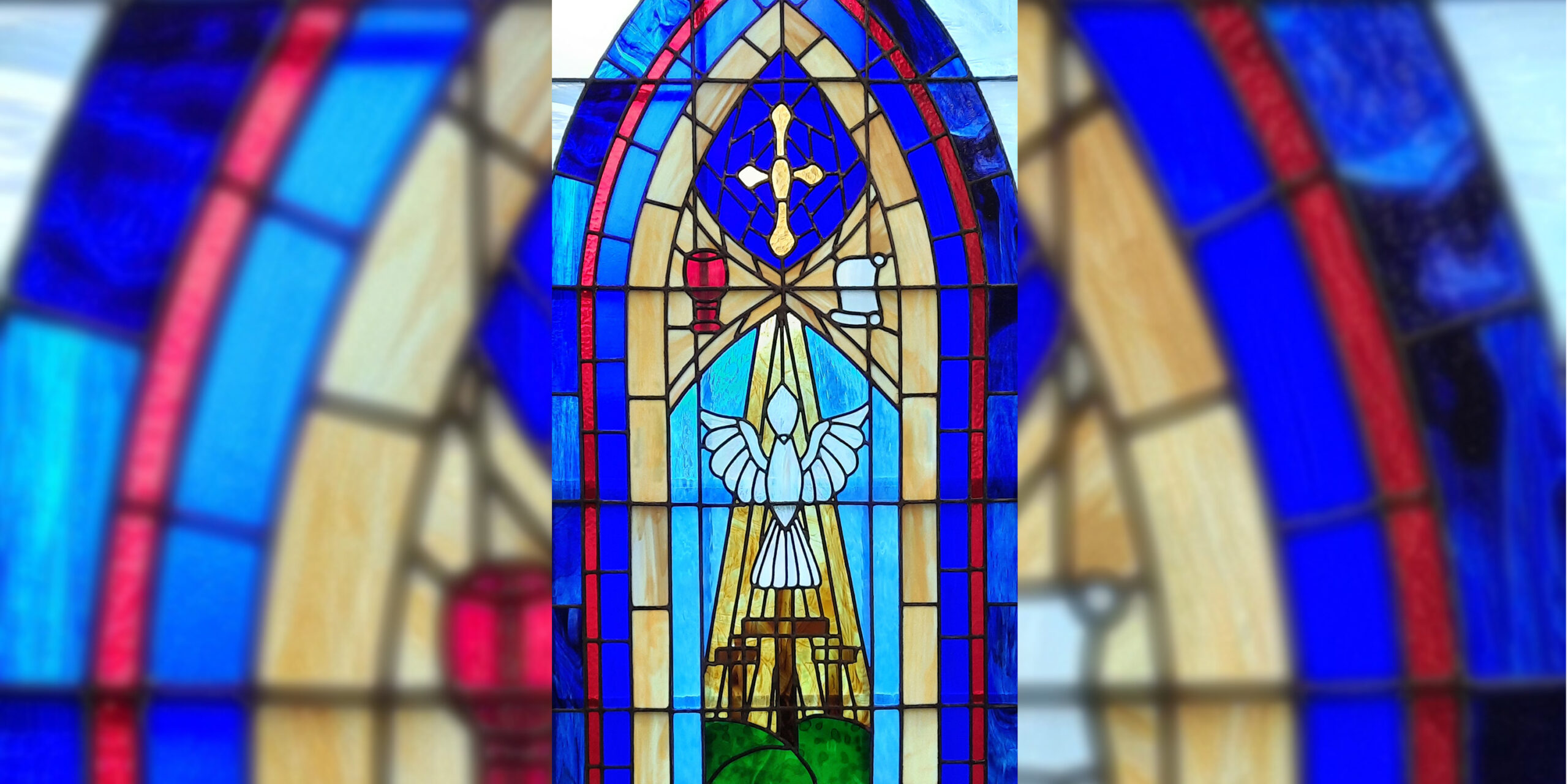
One of the best-known appearances of Jesus after his resurrection is the encounter we usually call the story of Doubting Thomas. A lot of us can relate to Thomas – it’s not easy to believe without concrete proof.
But rather than focus on the doubts Thomas had, maybe the focus should be on the other side of the story – how persistent and patient Jesus was in responding to him. (Read John 20:19-31 here)
In the passage, Jesus tells Thomas, “Because you have seen me, you have believed; blessed are those who have not seen and yet have believed.”
In the first letter of John, the writer goes back to the themes of believing based on direct witness and believing based on the testimony of others. “We declare to you what we have seen and heard so that you may have fellowship with us; and truly our fellowship is with the Father and his Son Jesus Christ,” he says.
Sunday’s sermon will also look at the beginning of that letter (Read 1 John 1:1-2:2 here). While we have not ourselves seen him face-to-face, we see his presence in the fellowship we have with one another.
Comments (1)
Comments are closed.
Thomas gets more criticism than he probably deserves for his doubts; if it had been one of the other disciples who happened to be out when Jesus appeared to the group we might instead speak of “Doubting Andrew” or “Doubting Bartholomew.” But, since Thomas was out on an ill-timed errand, he is the one we remember.
When the other disciples tell him that Jesus has appeared to them, he responds by saying, “Unless I see the nail marks in his hands and put my finger where the nails were, and put my hand into his side, I will not believe.”
A week later, Jesus returns and Thomas has the opportunity to do exactly those things (though John is not clear if he takes Jesus up on the offer or not; seeing may have been enough).
Jesus responds by saying, “Because you have seen me, you have believed; blessed are those who have not seen and yet have believed.”
It’s easy to be envious of Thomas and the rest. They saw Jesus fact-to-face in a way we never will. In a sense, we will always be “those who have not seen and yet have believed.”
We have two things that give us the testimony that lets us believe:
First, we have the written testimony of the first-century Christians. We have the first-hand accounts of Matthew, Mark and John, and we have the carefully researched account of Luke.
Second, and more powerfully, we have the witness of the Holy Spirit, just as the original disciples did.
God offers that gift to everyone. Some receive it without expecting it. Others of us have to seek it, praying along with the man in the ninth chapter of Mark, “I do believe; help me overcome my unbelief.”